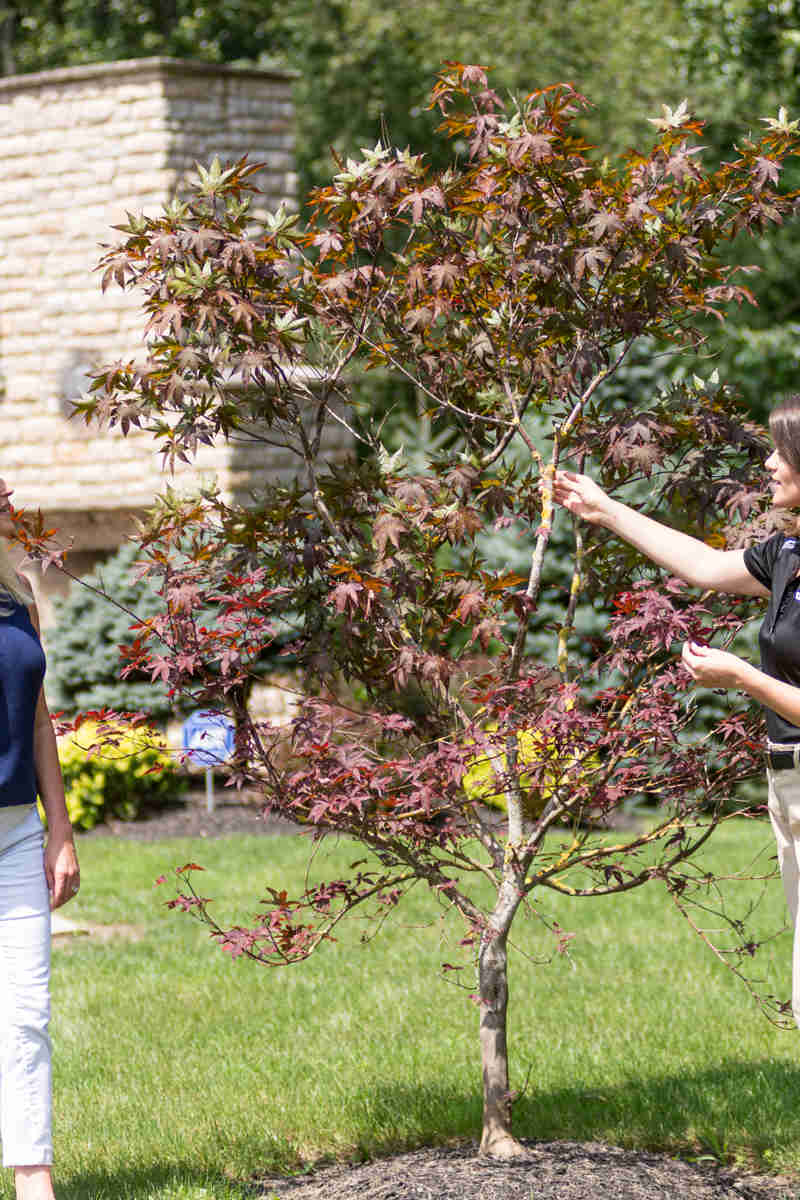Twig Girdler & Twig Pruner Description:
Twig girdlers and twig pruners are beetles that attack the twigs of trees. They lay eggs at the ends of branches and cut off the tips of the branch, allowing the larvae to feed on and pupate inside the twigs. The difference between the two is in the way they attack the twig. Girdlers damage the branch from the outside, chewing a groove from the outside in. Pruner beetles chew a hole in the bark near the twig tip where they lay eggs. Full-grown larvae attack from the inside of the branch, chewing through the wood from the inside out.
Hosts:
Various tree species are affected by these pests, but some of the most common trees attacked include:
- Dogwood
- Elm
- Hackberry
- Honeylocust
- Oak
- Hickory
Biology & Symptoms:
Both adult beetles are just short of an inch in length have antennae that match the length of the body. Girdlers are gray-brown in color and pruners are more of a gray-yellow color. Severed twigs are the most obvious symptom of these insects. The broken end will appear to have a clean-cut and many landscape trees may lose their canopy’s form. Female beetles lay eggs beneath the bark of the twigs in the spring. Twigs containing the eggs will die and fall to the ground, and when the larvae hatch, they feed on the fallen branches. After overwintering, the adults emerge in late summer and feed on new twigs.
Prevention & Management:
There are no chemical treatments that have proven effective once the beetle has infected the tree. Picking up and destroying infected branches may help to stop the cycle once the beetle has invaded, but prevention is the best method of treatment. Keeping your trees pruned and healthy may help avoid twig girdlers or twig pruners.
*Photo credit - Jonathan Willey (first photo)
*Photo credit - Mark Duff, Texas A&M Forest Service, Bugwood.org (second & third photos)





